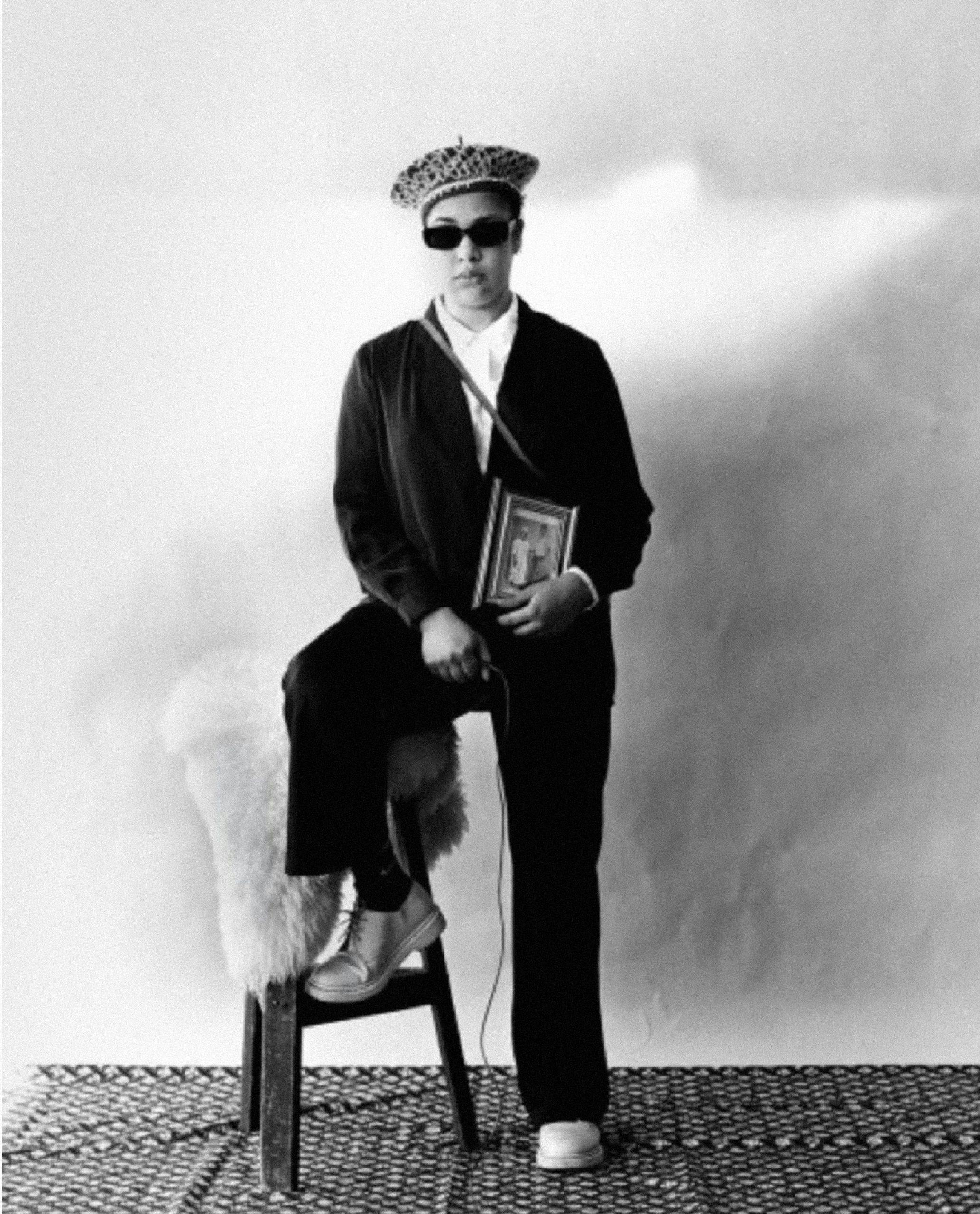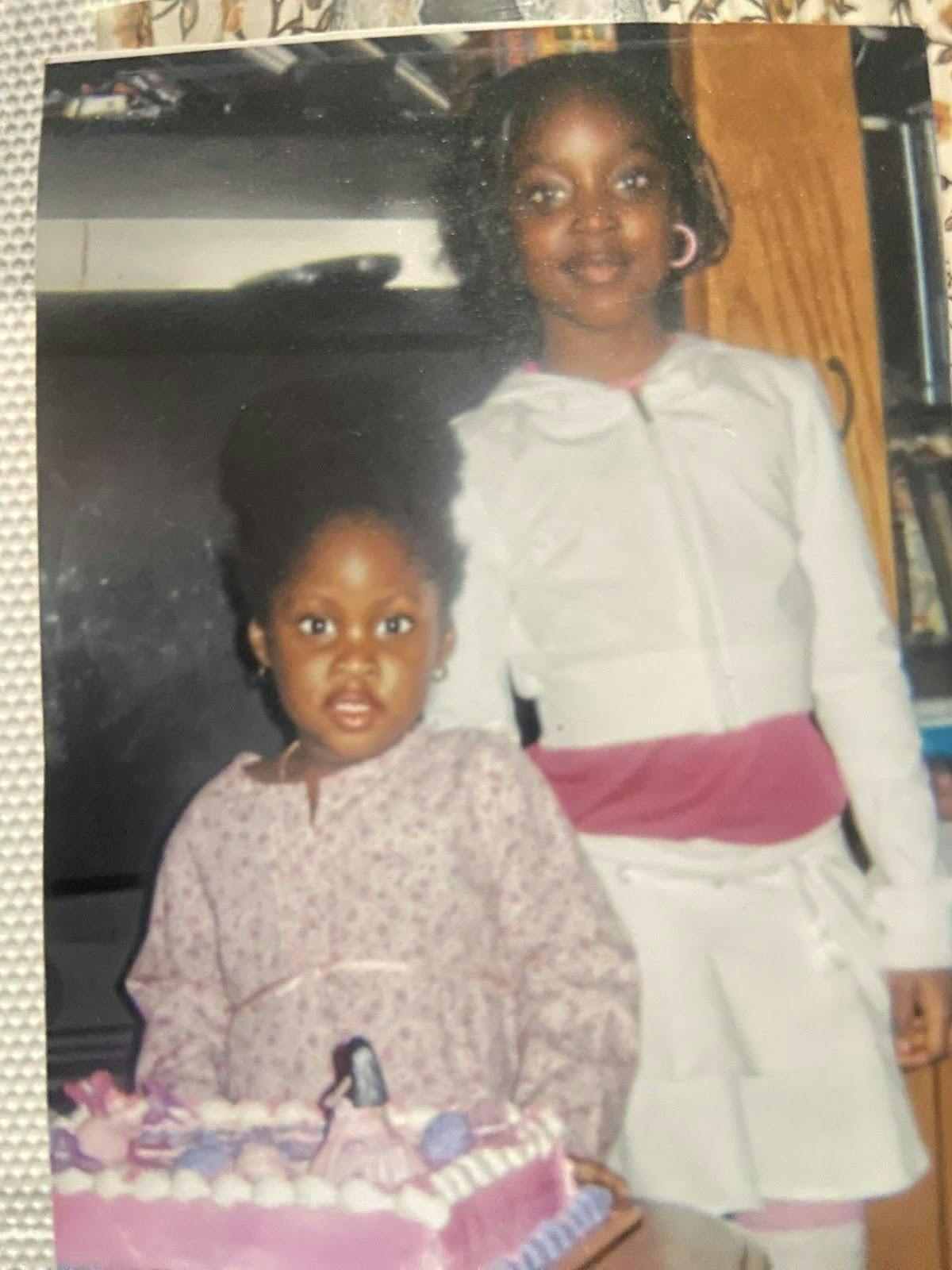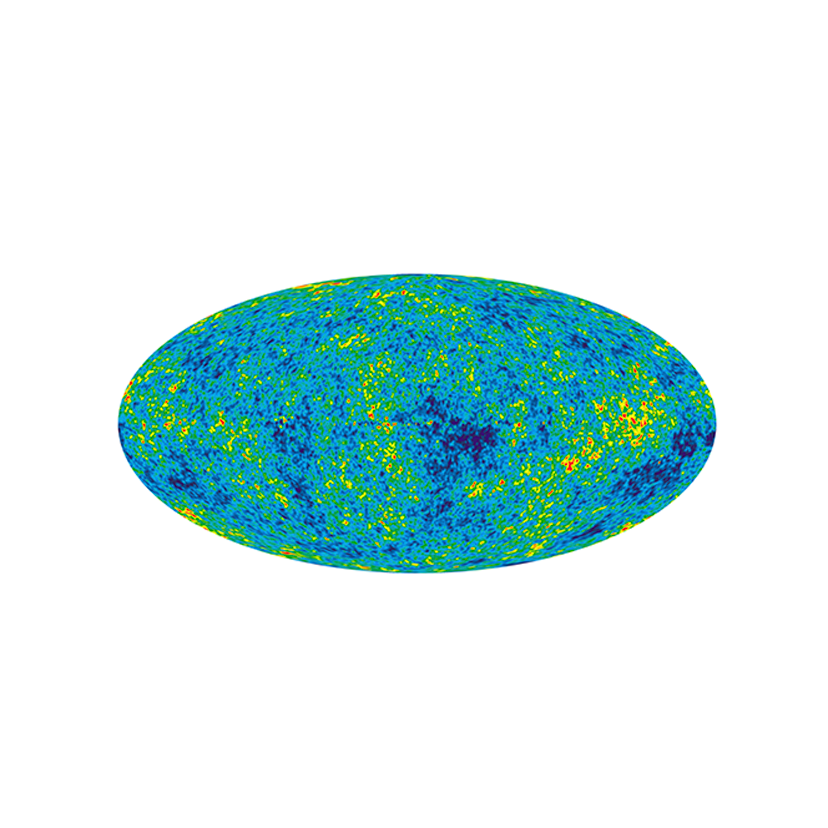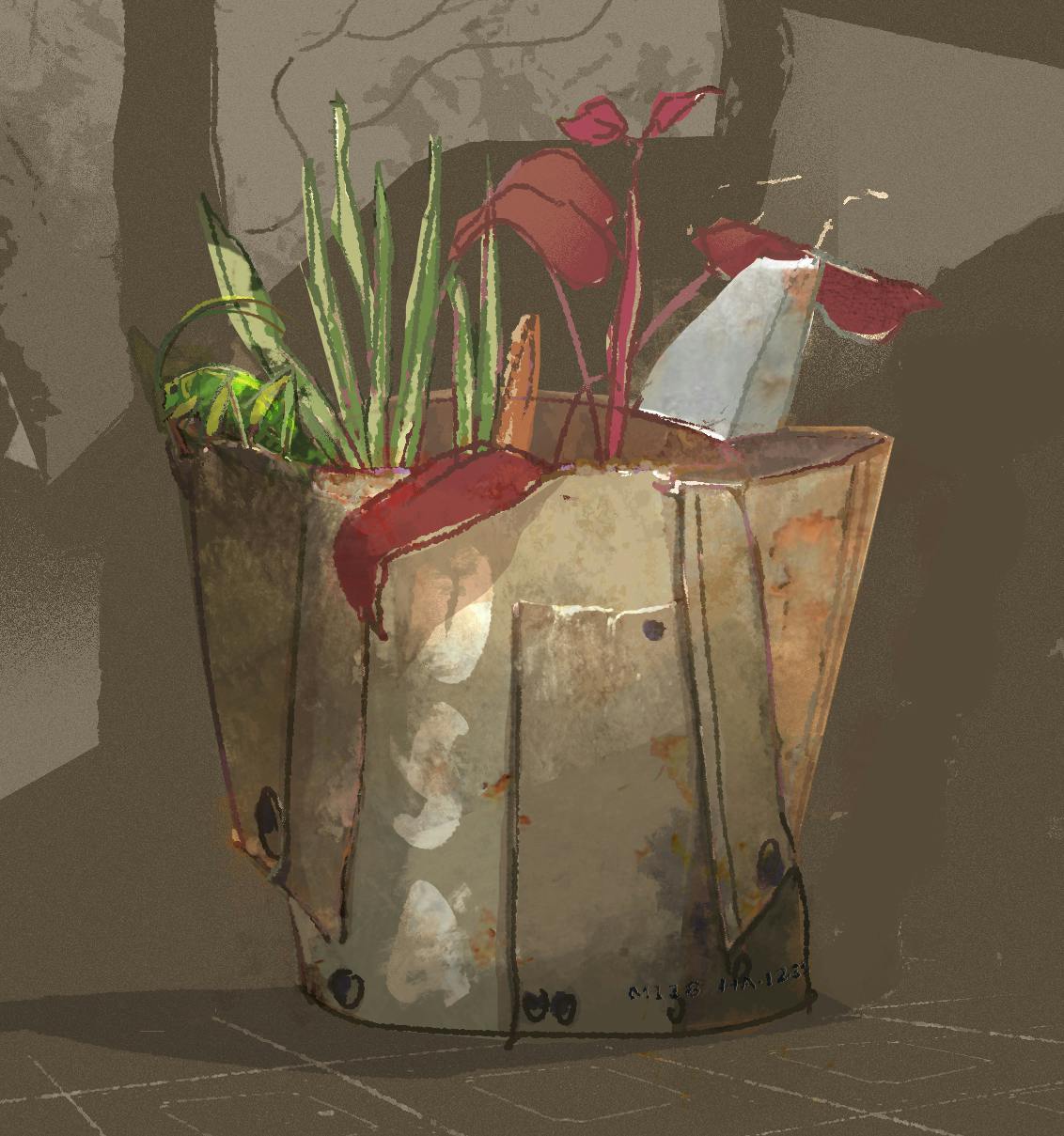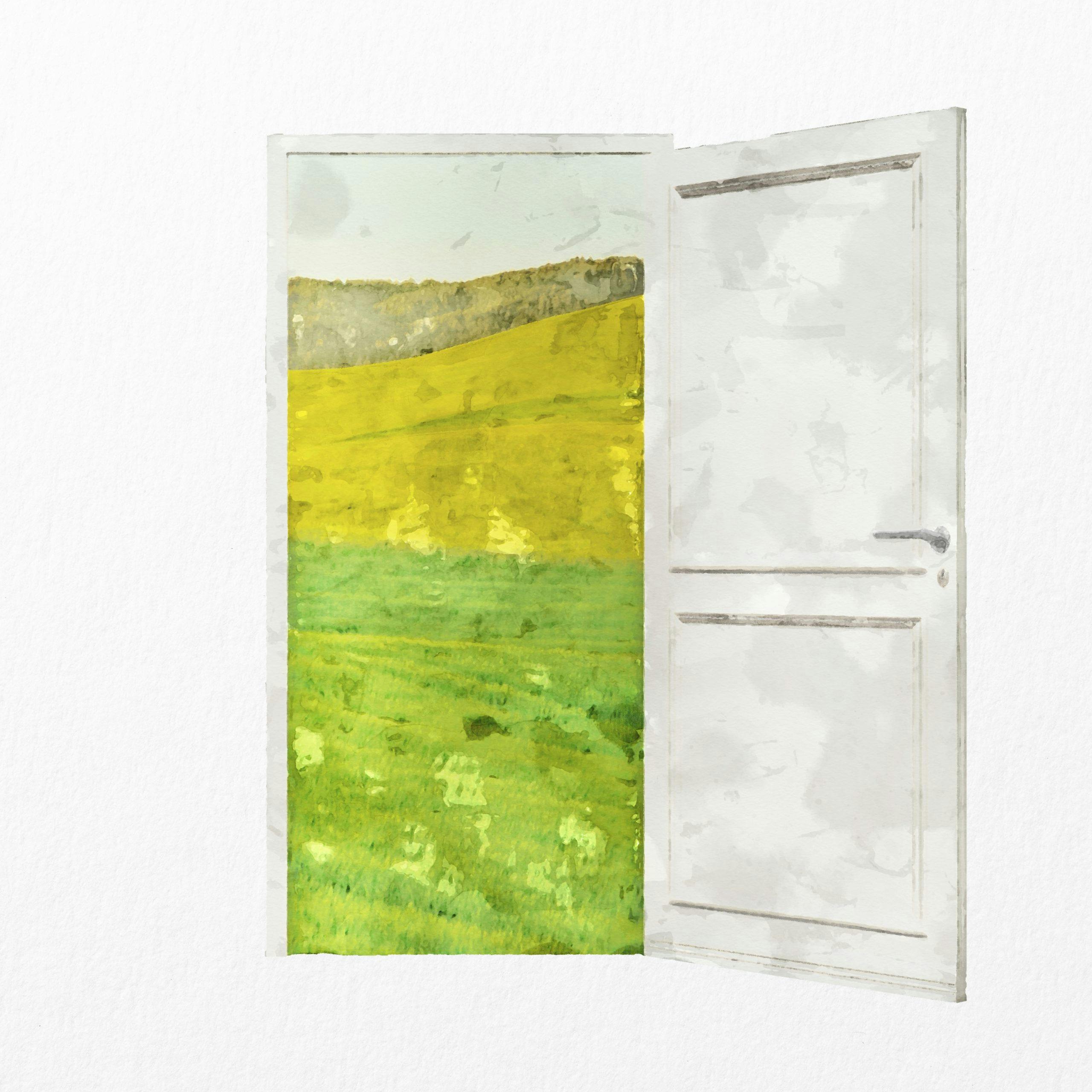Listen
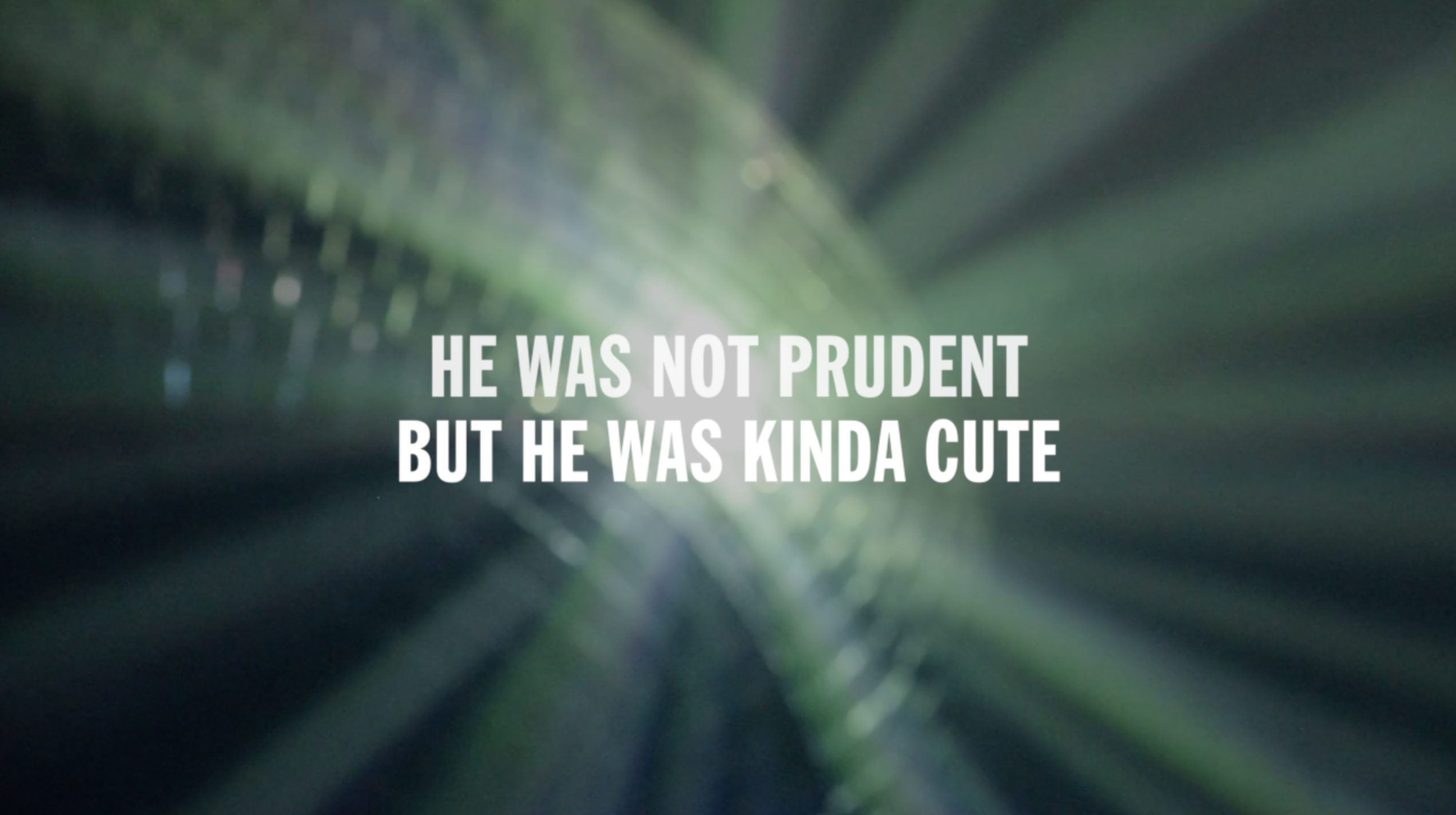
Andrew Zealley, Lucid Dreaming Ludic Waking, (2020, video still)
Part of Newest’s series of interviews between living artists and figures from the past, the following speculative dialogue finds Andrew Zealley in conversation with an earlier self. While battling to stay alive, mostly everyone around them was, as Zealley puts it, “dropping like fruit flies.”
Imposed by aging, the differences between the two selves, A and Z, are revealed in reflective surfaces and time’s often cruel yet frisky elasticity. Their conversation re-collects the urgency of queer activism. It’s a tactical warning, calling for consciousness-raising in times of crisis—especially when issues are disorienting, mournful, and stigmatized—and cycles of gendered and homophobic violence are on an upswing.
In composing this dialogue, Zealley draws from participant interviews for the research study, METHODOLOGIES, by Andrew Zealley and Nick Mulé: an exploration of methamphetamine use in gay-, queer-, and trans-identified male sexual practices in Toronto through frameworks of sound, listening, and the kinds of counter-narratives that emerge in queer dance music. Zealley searched the interview transcripts for statements including the words, “silence,” “sound,” and “divide”—and adapted them for the context of this speculative dialogue.
Silence=Death refers to the 1987 political poster by the Silence=Death Project, a collective of six people in New York City: Avram Finkelstein, Brian Howard, Oliver Johnston, Charles Kreloff, Chris Lione, and Jorge Soccarás. Reprinted and widely distributed by the AIDS Coalition to Unleash Power (ACT UP), Silence=Death became a principal message in AIDS activist campaigns.
A
What happened to Silence=Death? It’s an active guiding light for resistance in our Queer Nation. But when I gaze into my disco mirror ball, I see you living in somewhat darker times. It’s one where sexualized methamphetamine use—what you’re calling “chemsex” on the streets of your world—is reaching epidemic proportions. Except this so-called epidemic is shrouded in silence. Is this true? It seems darker to me because the guiding light has been extinguished, forgotten. Exactly what kind of queer world-making are you getting up to!?
Z
You’re right, I’m ashamed to admit it. Queerstory is undone. Activism and queerness have, for the most part, been reduced or replaced by conquests of shopping, fillers and personal trainers. We’re Grindring our way through mental checklists of what’s attractive in cruising other gay men. This this this, not this this this. I long for unbridled promiscuity as a pleasure-bound identity-construction methodology. I’m speaking autoethnographically, of course, and in terms of aesthetic self-creation.
A
Natch.
Z
I’d rather be a cyborg than a daddy. This word “epidemic” is usually reserved for regionalized infectious outbreaks, and plagues. Like AIDS used to be, until there was no longer an outside to AIDS, and they anointed the crisis as “pandemic.” Applying “epidemic” to chemsex these days is vivid evidence of both meth’s widely increasing usage as well as the denigrating, reductive characterizations framing the public discourse. Addiction is now reduced to a regionalized outbreak of attachment. Responsible, reflexive discourse is silenced. Meanwhile, chemsex continues to flourish in Zoom rooms, where it performs curious forms of HIV harm reduction in the face of other dangers and pleasures. And in the bars and bathhouses that remix sex and drugs to tech-house beats. Chemsex is not for everyone. Where are the site-specific warning messages?
A
Decriminalization is the answer! Sound travels multi-directionally through time and I can hear that message, loud-and-clear, even from this temporal vantage point.
Z
The illicitness of many substances remains a huge resounding barrier in this particular present-future. Gay and queer spaces must learn to recognize the importance and the relevance of understanding and learning about crystal meth and party-and-play (PNP). Assumptions that these things are not happening in your space shows a lack of competence in your own community, in your own culture.
A
As a community who has had to forefront dealing with the AIDS crisis and dealing with HIV, we actively use the slogan, “Silence Equals Death.” We live it. The very idea of not talking about HIV, as a response to the crisis? That will never fix things. We won’t get anywhere if we’re not talking about it. I don’t understand why you don’t take that on when it comes to substance use, when it comes to crystal meth. If it’s a part of your community! Let’s be honest, even now, I recognize that gay social practices are organized around substances, then monetized: starting with alcohol and the gay bar. Substances are the stuff of gay community- and network-building, warts and all. I see, in my disco mirror ball, that a performative mimesis of hetero-fictive social codes, imperatives, and laws are all the rage there. Assimilationism is off the rails in the twenty-first century! That plays a big role in the silencing of other, less conformative queers and their pleasure centres and other faggotries! Frankly, if chemsex is a thing that’s going on in your community, I don’t understand why you’ve forgotten that lesson, that “Silence Equals Death.”
Z
That remains, for me, such a powerful slogan. We’ve been homeworking here. But even with the immense capacities for instant communication in the now, there is mostly radio silence. And alcohol remains one of the most destructive and under-discussed substances in the lives of gay men. Gay life remains indelibly linked to the bar scene, even when apps become primary cruising sites. I even see guys at the bathhouse, in their private cabins, door wide open, naked faces lit by the phosphorescent-like glow of a smart phone or laptop screen. Sexual pursuit multi-tasking. I still prefer the bathhouse chalkboard.
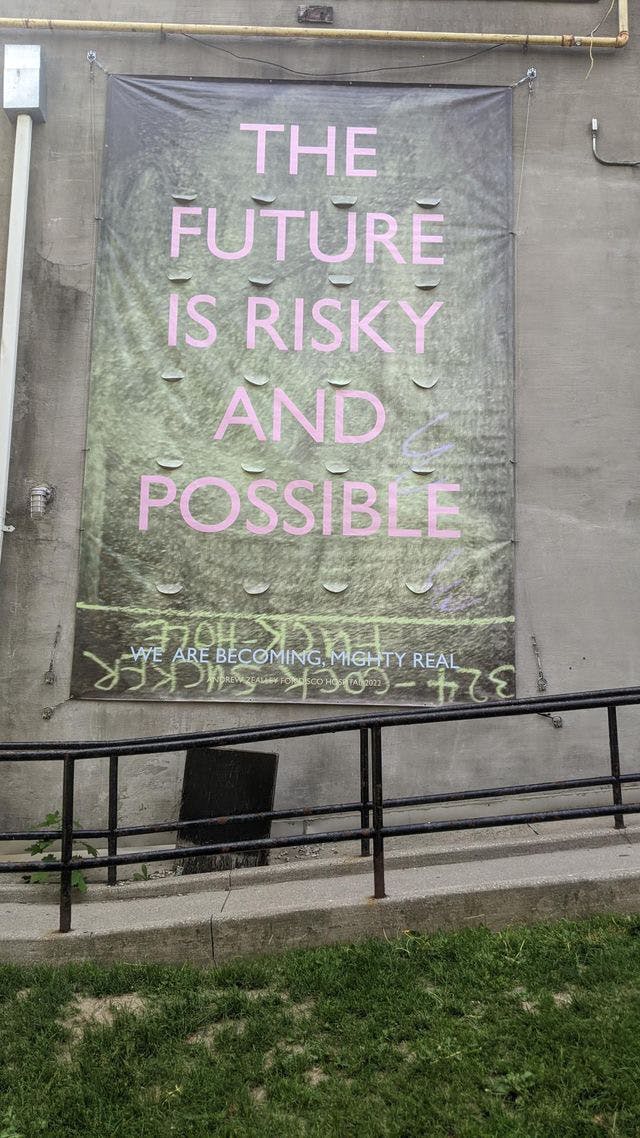
Andrew Zealley, The Future Is Risky (2022, text on vinyl, 9’ x 15’).
Public banner commissioned by Buddies In Bad Times Theatre.
A
Have you seen Marlon Riggs’ film, Tongues Untied? Made in 1989, it challenges Silence=Death as mantra constructed mostly by and for white gay men. As a meditation, it’s deeply poetic both visually and sonically. It’s all movement and feeling and truth-telling. There’s a big riff explored in the film—“now we think as we fuck, now we think as we fuck”—that wraps around the internalization and intellectualization of HIV. I think about those lines when I’m in dark rooms these days. Through glory holes and other entireties, the moving targets now connect the dots from HIV to untreatable gonorrhea to some new/next COVID variant. At one point in the film an untied tongue says, “Silence is my shield. Silence is my sword, it cuts both ways.”
Z
Yes. That film is iconic now for a multiplicity of reasons: queer activism, racialization and the imagined collapse of white gay male empire-making, AIDS politicking. Imaginative transformation. Through my research into concepts and etymologies of so-called silence, I started to doubt the existence of silence itself … as an absolute absence of sound. There is no silence except, perhaps, out in the cosmos, through some far away eyes.
A
Still, silence, as an idea, can be used in contrasting ways: as resistance, as rebuttal, as protest, as relaxation.
Z
And there are the relationships between noise and silence, and music and silence. Jankélévitch writes about music and silence and the ineffability of both. “Music renews its strength at the fountain of silence … Is silence the night of words? Is night the silence of light? … One easily attributes the quality of sound to silence since by means of contrasts silence makes sound appear, and sound divides silence, and disturbs silence.”
A
So why do you think many gay men remain silent when it comes to chemsex?
Z
One more kick with the can. Homonormativity has lots to do with it. Complicity Fuckery would make a great drag name. Gay, glamourous, and silent while comrades who use perish in shame and stigma. The sexual absolution that is remedied by same-snax marriage is not awarded to more radical queer cruising bodies. No one dares to ask about the appeal of chemsex, the advantages. Overarching moral outrage is silencing. Criminalization is silencing.
A
Where do we go from here? I’m asking for both of us, across time. People use drugs for a variety of reasons. Accept it. Why the silence around positive substance-use?
Z
Fear of pleasure, fear of not self-optimizing. There is a continuum of use that is not being seen or discussed in our community, and this is directly attributable to the vicious stigma this drug has and that its users are subjected to. People know to keep this use hidden or underground, because of the viciousness of the stigma or the misunderstanding. Or simply, one does not know what one is talking about, if you have not been part of the culture, or at least visited it with an open mind. This contributes to silence, shame, and isolation. Isolation is never a good thing. You’re not going to get anywhere with anyone about anything! Isolation is not a solution. Silence is not a solution.
A
Yet silence persists. Stone, cold.
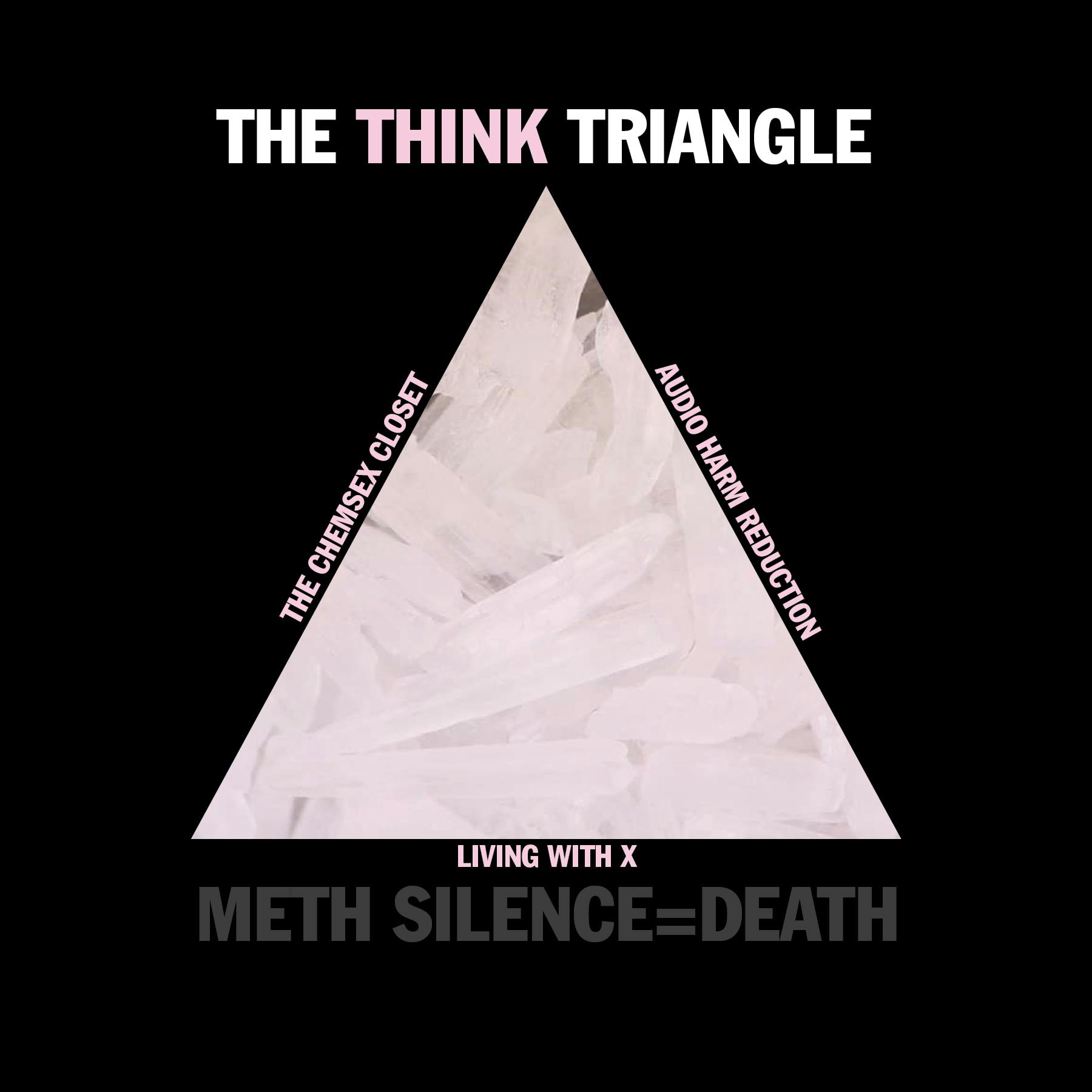
Andrew Zealley, The Think Triangle (2023, graphic and text)
Z
Without an active approach that might actually change the larger public’s mind around sexualized drug use—and remove the unfortunate stigma and distorted idea that people have, or at least put them in a healthy balance—then we’re not going to get anywhere.
A
I must ask again: What happened to Silence=Death? Only thirty-six years since its inception, and you need it now more than ever … for chemsex discourse, for environmental crises and the actions that are needed to arrest them, for petroculturalisms and chronic mobility, for over-population, for widening gaps in class and economy, for battle zones of race and gender, for our species’ pleasure and outright survival. What am I if not for a future?
Z
Thirty-six years is not a long time. I run with queer temporality. More flexible. Straight time is too tight. Gives me back rolls. So, Complicity, will it be silence or shopping or both?
A
Retail is shameful noise, now and in your worlds. Excessive volume and panning, in the stereo field, for precious metals. All this left, right, left, right is killing you. Take the centre lane to pleasure. It’s so obvious from this perspective.
Z
Shopping for new harm reduction models and public health infrastructures! During the pre-treatment AIDS crisis, it was largely gay men, but not always, who were the credible actors of their own activist approach to prevention, to treatment, and to social change. Silence=Death was significant in those activisms. With chemsex, the situation is different. There is a divide. There is much stigma around meth coming from even within the gay community. We risk our prevention methods coming from a place of others who are radically disconnected from actual using cultures. This only echoes processes of colonization.
A
This divide in public consciousness needs your full attention! How might I help? People from actual using cultures may have credentials and other types of authority. For example, social workers and researchers and those who have a history of activism in other areas. Just as sexually-active gay men in my time cobbled together what have become safer-sex protocols. Fucking knowledge. I see that you have more industrialized methods of HIV treatment in your world.
Z
Yes, and something we call U=U. It stands for Undetectable=Untransmittable. It’s what we call a prevention identity. It’s used by HIV-positive people who, through successful management of treatment, no longer transmit the HIV virus. Similarly, with chemsex, we can’t move forward without the involvement and participation of people who are using, people who can actually provide a multiplicity of rounded experiential knowledges, and not simply coming from the perspective of professional individuals who actually have no insight or knowledge about what it’s like to PNP.
A
There are so many silences to be broken (Lorde). Even AIDS activist and educator, Michael Lynch, called on silence in the instructions for his 1990 memorial service: As people arrive, no music, only silence. I like such awkward silences, though many resist them, especially in my classes. But a lot goes on during them.
Z
I believe the future is risky, and possible. We are becoming, mighty real. Break the silence.
Embedded audio: “Intergenerational Crystal Ball” (from Soft Subversions, Disco Hospital Books & Records, PNPLP-01, 33 rpm black vinyl 2LP, 2021). Music and sounds: Andrew Zealley; words and voice: Tim McCaskell; production: House of Intergenerational; mastering: Brandon Hocura.


